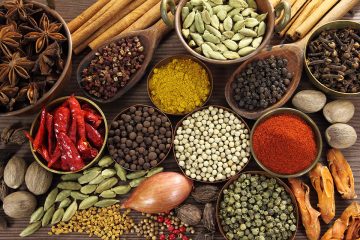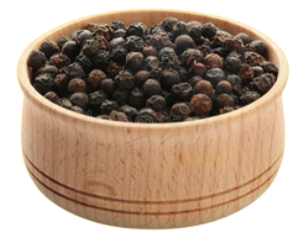
BLACK PEPPER VIETNAM & WORLD
According to the surveys, today’s pepper price increased from last week. Specifically, Gia Lai province adjusted to increase 1,000 VND/kg, to 78,500 VND/kg along with Dong Nai province. After increasing by 500 VND/kg, the two provinces of Dak Lak and Dak Nong are currently purchasing pepper at the same rate of 79,500 VND/kg. The remaining localities have stable prices.
The Black Pepper price last week went up again after many days of moving sideways with an increase of 1,25%. The amount of raw material offered for sale on the market is quite small compared to previous years when all relevant chains including farmers, agents, manufacturers, and exporters prioritize stockpiling.
Although the border with China is still closed and has not yet cleared customs due to the zero covid policy. The amount of pepper imported from China is almost negligible. However, pepper prices still maintained a steady increase and the export volume was almost equal to 2021.
Demand from Russia and Ukraine continues to increase strongly for pepper, cinnamon, and star anise.
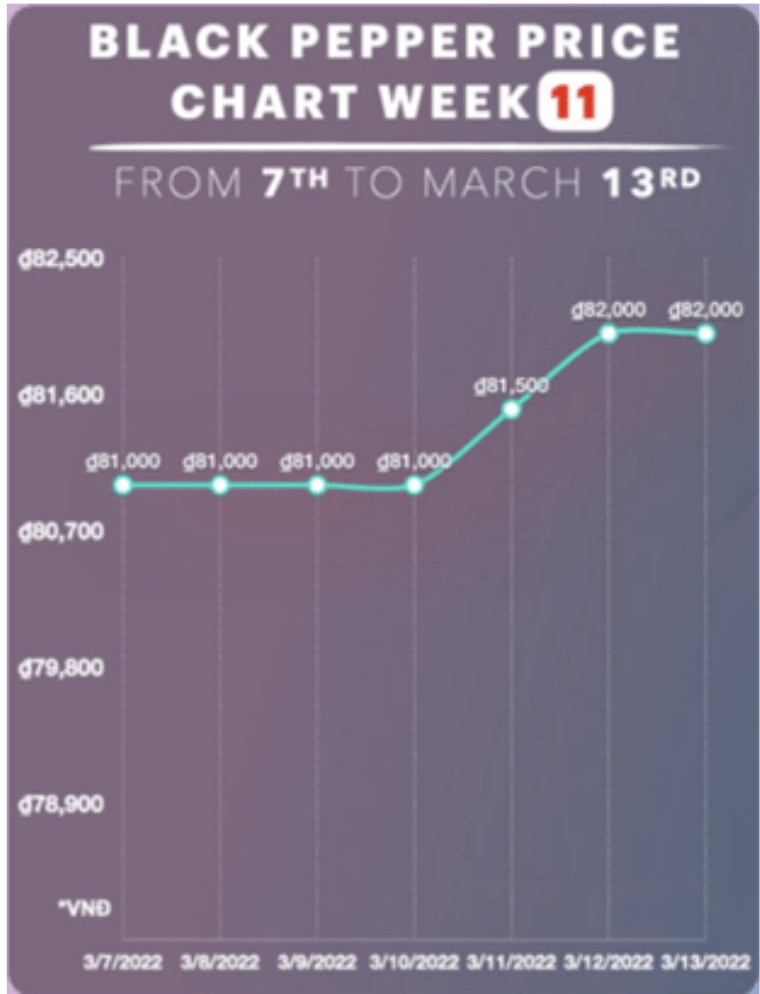
(Source: PTEXIM CORP)
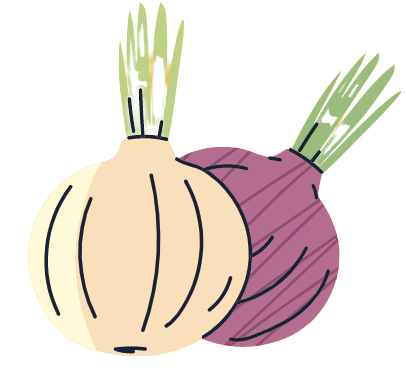
ONIONS – INDIA
After a lengthy wait, the market has begun to receive onion arrivals, and the price has begun to soften slightly. This is a bittersweet development. On the one hand, the price has decreased, but there is very little time remaining for processing the new onions. All things considered, April will be a time for inventory building, which means sales will be slow during that month. Our advice is to begin booking volumes for immediate and contractual needs in April. Production may be constrained by India’s energy crisis. Coal remains a scarce resource in the country. The government’s efforts appear to have averted a major energy crisis, but the threat remains. India has approached Russia about purchasing fuel from them, which, if successful, could resolve this issue.
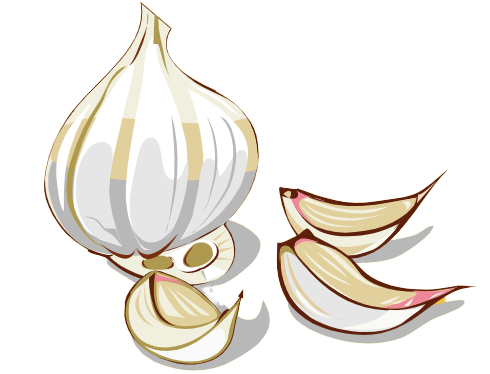
GARLIC – CHINA
The price of 1st grade is stable compared to 4th quarter of 2021, there has been no continuation of prices rising, neither it is falling. However, the standard quality of garlic (high microbe quality) has fallen in price because of strict environmental protection requirements. The reduction in water consumption
that is used in garlic flake processing leads to higher levels of microorganisms in the semi-finished garlic flake. This means that the market stock of low microbe garlic flakes is limited, but the standard quality garlic flakes have a cheap price.
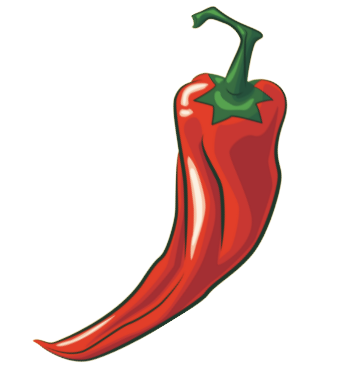
RED CHILLI – INDIA & BANGLADESH
Chili growers in Bangladesh are dissatisfied because they must sell their produce at a lower price than previous year. As a result, many chili growers are converting into maize growing, which has a greater
demand, yield, and price. Corn farming is also more profitable than chili cultivation, according to farmers and Department of Agricultural Extension employees (DAE).
In India, domestic and export prices for dried chili pepper in India have been steadily rising since the beginning of 2022. Adverse weather conditions and insect attacks in December-January 2021-22 have
significantly worsened the prospects of the new crop. The current year’s chili production is projected to fall by 20% YoY. Meanwhile, import demand for Indian whole dried chili remains firm, with China being the leading buyer.
The Indian economy has started to gradually open up after a series of lockdowns, which had boosted domestic consumption. 90% of the new dried red chili arrivals in Guntur and Khammam markets are sold promptly. However, the spice delivery volumes are trailing behind last year’s levels. Farmers and producers prefer to sell their reserves slowly ahead of a further price increase. Dried chili arrivals in the Khammam market totalled 18,833 mt between February 1-March 10, 2022, 50% less YoY.
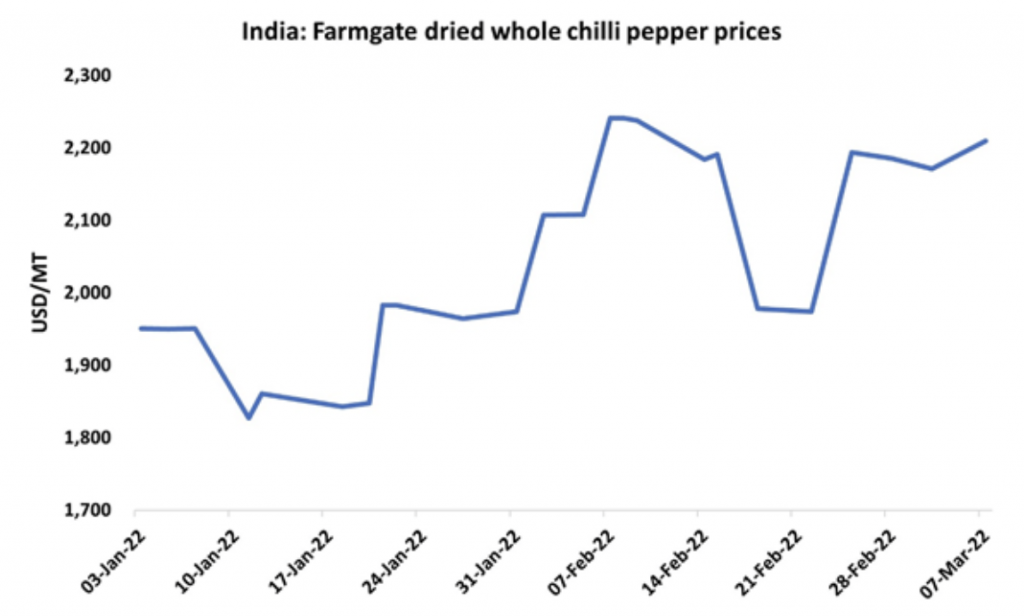
RUSSIA HAS DECIDED TO INCREASE THE IMPORT OF VEGETABLES FROM 9 COUNTRIES, INCLUDING TURKEY
While Russia, which started a war against Ukraine, was subject to sanctions from many countries, the Russian Food Safety Authority (Rosselkhoznadzor) announced that vegetable imports from 9 countries
would be increased. In the statement pointing out that additional tomatoes, peppers, zucchini, and eggplants will be imported from Turkey, the following statement was used: “It has been decided to continue importing vegetables from all the lands of the relevant countries by removing the previous import restrictions. “In the list published by Rosselkhoznadzor, Turkey’ Besides Azerbaijan, Armenia, Belarus, Kazakhstan, Egypt, Kyrgyzstan, Turkmenistan, and Uzbekistan.
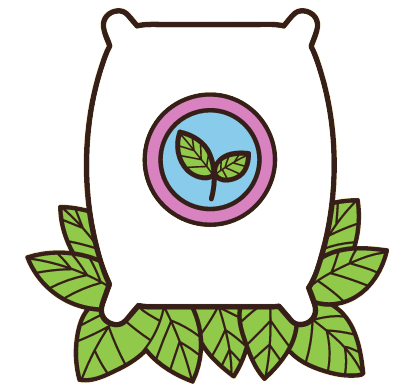
SHORTAGE OF AGRICULTURAL FERTILIZER WORLDWIDE
Fertilizer prices are continuing to rise as Russia’s supply disruptions leave governments scrambling to secure critical crop nutrients, raising fears that already-high global food inflation will accelerate.
Russia is a huge exporter of every major crop nutrient at a low cost. Earlier this month, the country urged domestic fertilizer producers to reduce exports, raising fears of a shortage. The war is also driving up the cost of natural gas, which is the primary ingredient in most nitrogen fertilizers, forcing some European producers to reduce output.
Normally importing countries are working to secure supplies from Russia. In a meeting at the United Nations’ Food and Agriculture Organization next week, Brazil, the world’s largest fertilizer importer, will propose exempting crop nutrients from sanctions imposed on Russia. Argentina and other South American countries have backed the plan.
Brazil, an agriculture superpower that exports garlic, annatto, chili peppers, cumin, cilantro, and onion, as well as black pepper, relies on fertilizer imports to feed its population. The country currently imports 85 percent of its fertilizer, with Russia serving as the primary supplier. Imports of nitrogen and potash account for more than 90% of these nutrients.
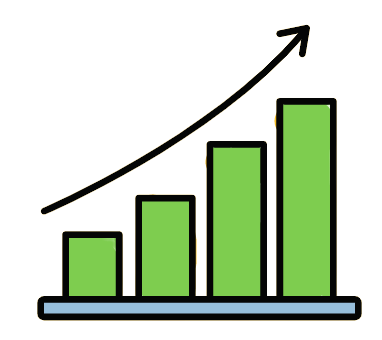
СТОИМОСТЬ ПРОДОВОЛЬСТВИЯ В МИРЕ ДОСТИГЛА ИСТОРИЧЕСКОГО МАКСИМУМА
Global food prices hit a record high in February, climbing 24% higher than where they were at the same period a year previous, following a 4% month-on-month rise.
The euro area has not been spared with prices for food, alcohol and tobacco rising by 4.1% month on month in February, following a 3.5% increase in January.
These sharp rises have been attributed to a variety of factors, primarily energy and transport. The cost for both of these has shot up over the past year with demand for natural gas and shipping far outstripping supply as economies around the world shook off their COVID-19-induced stupor. Since the conflict between Russia and Ukraine began a few weeks ago, wheat prices jumped 50%. Ukraine and Russia are together commonly referred to as the breadbasket of the world, producing about 30% of food commodities such as wheat and maize. Ukraine alone — the country is 28 times smaller than Russia — provides 16% and 12% of the world’s wheat and maize respectively.
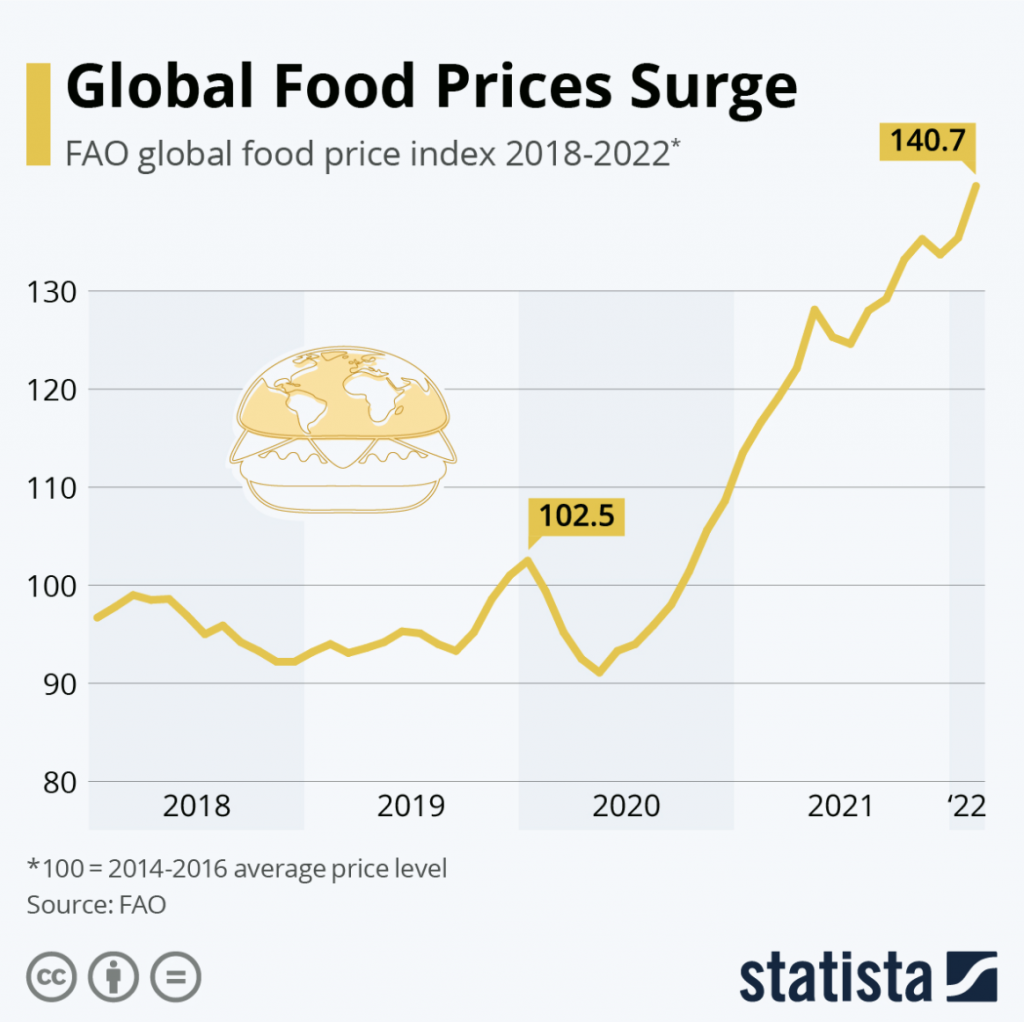
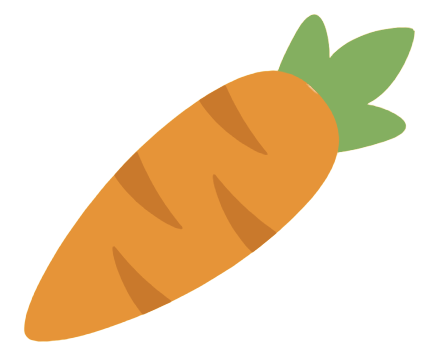
CARROTS – CHINA
Carrots have increased in price by 20%, compared to 4th quarter of 2021. The is
because:
- The September 2021 crop season was hit by heavy rains, which caused
vegetable prices to soar. - Winter is ahead of schedule, and some raw materials are still frozen in the
planting field no harvest on time. - Coal prices have doubled.
- Customer’s demand has increased.

